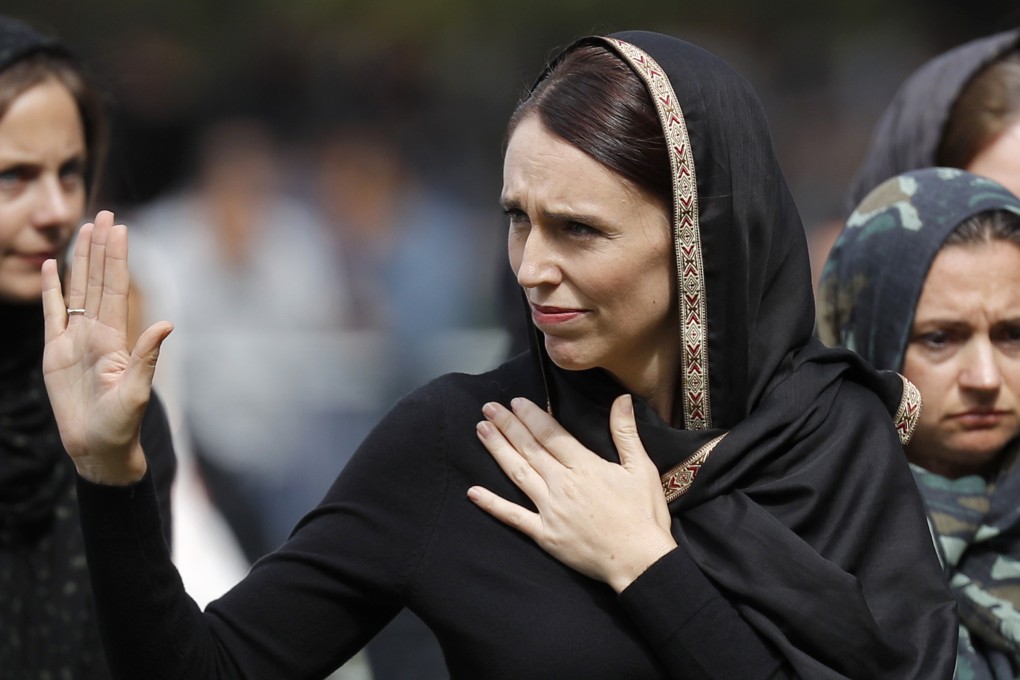New Zealand bans manifesto of accused Christchurch killer, igniting debate about censorship and free speech
- Chief censor said document contains justification for acts of tremendous cruelty
- Free speech advocates claim banning the manifesto is a step too far

The ban, issued on Saturday, means anybody caught with the document on their computer could face up to 10 years in prison, while anyone caught sending it could face 14 years. Some say the ban goes too far and risks lending both the document and the gunman mystique.
At the same time, many local media organisations are debating whether to even name the Australian man charged with murder in the March 15 attacks, 28-year-old Brenton Tarrant, after New Zealand Prime Minister Jacinda Ardern vowed she would never mention him by name.
In some ways, Tarrant’s manifesto provides the greatest insight into his character and thinking, with neighbours and those he met in a gym in the sleepy seaside town of Dunedin recalling nothing particularly remarkable about him.
Chief censor David Shanks said Tarrant’s manifesto contains justifications for acts of tremendous cruelty like killing children and encourages acts of terrorism, even outlining specific places to target and methods to carry out attacks.
